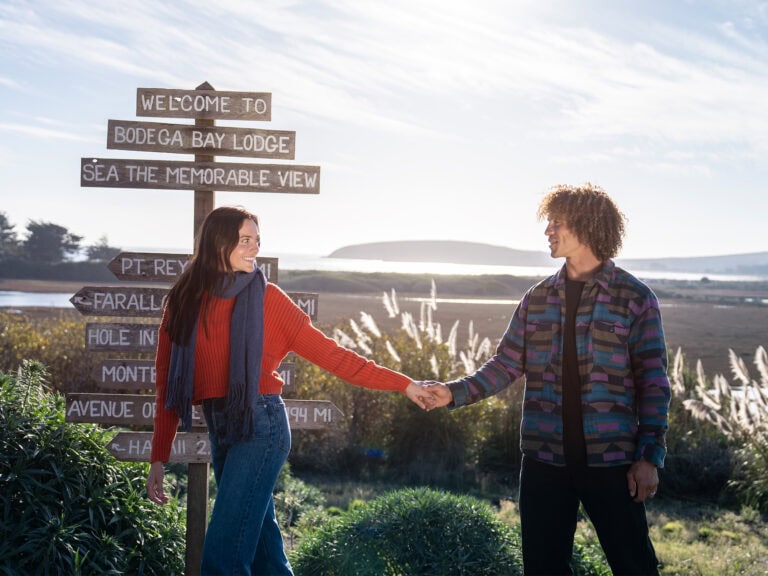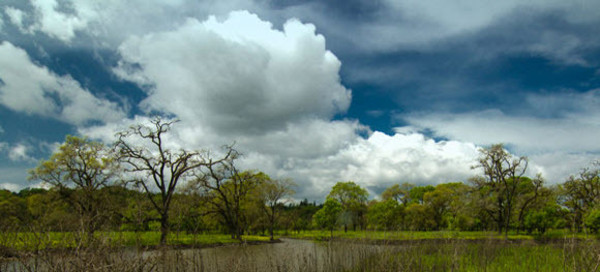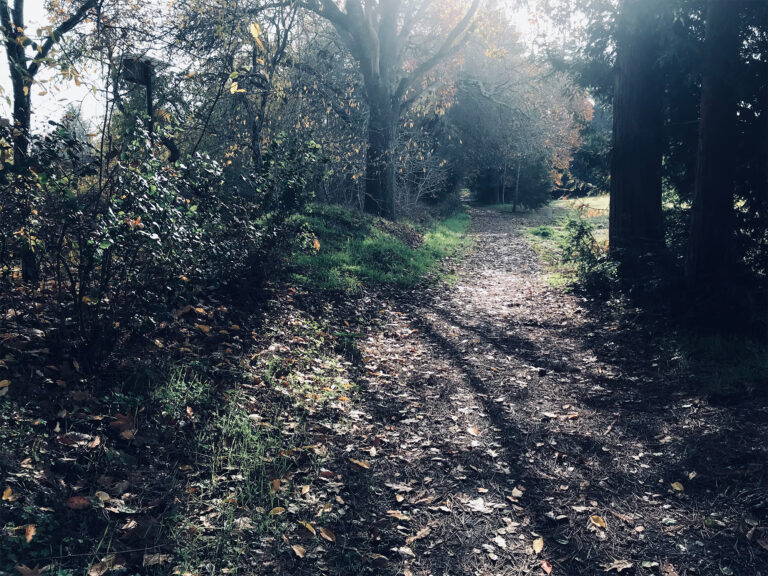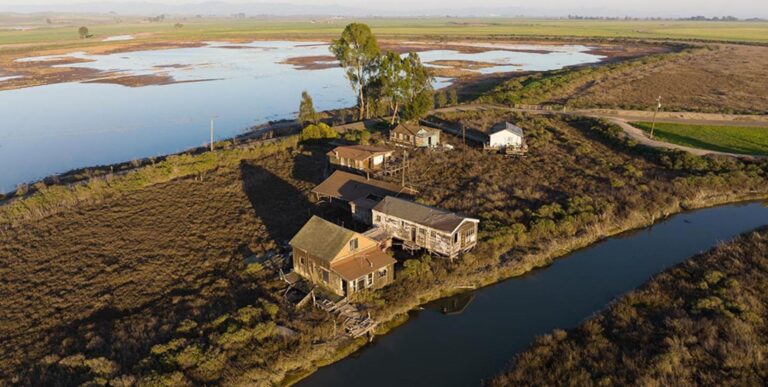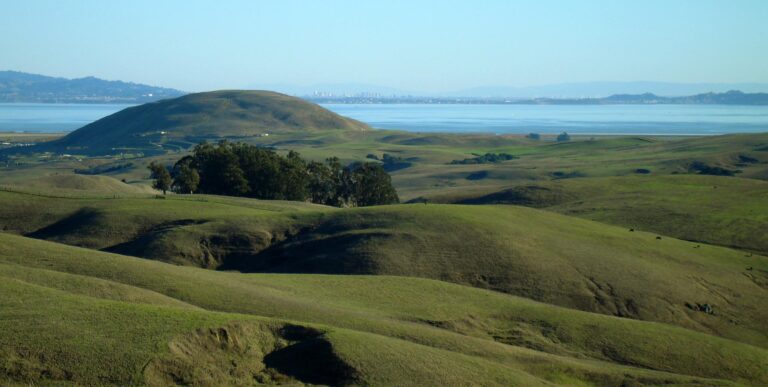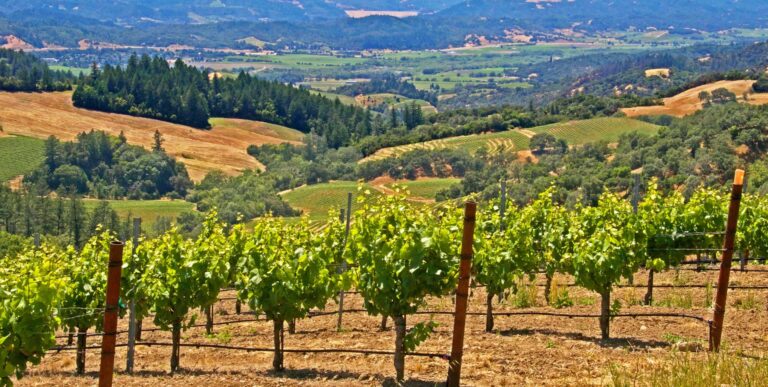Explore the Laguna de Santa Rosa Wetlands
Covering more than 30,000 acres, the Laguna de Santa Rosa Wetlands is a unique ecological system and fun to visit.
As the largest freshwater wetlands complex on the northern California coast, the Laguna de Santa Rosa offers a mosaic of creeks, open water, marshes, and forests that provide scenic trails for visitors and habitat for a wide variety of birds and wildlife.
The Laguna’s 22-mile main channel is the largest tributary to the Russian River, draining a 254-square-mile watershed and providing an important river overflow during the rainy season. The Laguna not only reduces flooding along the populated Russian River, but it also serves as a natural filtration that helps keep pollution out of the water system.
With the rain, ponds become deeper and eventually join to become a large lake that is fun to see year-round. In some seasons, the terrain may be muddy, so wear shoes that can handle a potentially mushy section to explore.

In the town of Sebastopol, access to the Laguna de Santa Rosa is an easy seven-minute walk from the downtown Plaza. A two-mile accessible gravel path takes you past ponds, marshes, and the main channel. In the summer there’s even a pontoon bridge so you can bounce your way across the channel and into Meadowlark Field.
From the city of Santa Rosa, a multi-use Laguna de Santa Rosa Trail lies along the main water channel. Developed by Sonoma County Regional Parks, this 1.8-mile, relatively flat trail is wheelchair-accessible and open to hikers, horse riders, and bicyclists.
Wander beside vineyards, through the spacious oak savannah, and explore the tree-lined waterway. You’ll find benches, plenty of views, and, in late winter and early spring, a riot of yellow as brightly colored mustard flowers bloom.

Flying a migration route known as “the Pacific Flyway,” many birds and waterfowl rest here. The Laguna is an important stopover for these far-traveling birds and attracts a wide variety of winged creatures to see. Indeed, several kinds of ducks make the Laguna their winter home.
In addition to birds, a variety of animals live in the area, including river otters, endangered salmon, grey foxes, coyotes, and occasionally a bobcat or mountain lion. As the lake fills, the ground-dwelling animals move to higher ground, and the birds flock in. Herons and egrets are frequently seen peering intently into the water. Look for herons perched in trees, hunting for fish from on high.
To view wildlife, take a cue from the herons. Pick a spot that is downwind and quietly sit or stand still. You may hear more than your eyes can see. For optimal wildlife sightings, wear neutral colors and unscented lotions, and go at dawn or dusk. Dogs won’t help you spot wildlife, but you can bring a leashed pet.

The Environmental Center of the Laguna de Santa Rosa Foundation is located just north of Sebastopol and is housed in an old stone farmhouse dating from 1872. The foundation offers classes, films, and exhibits pertaining to Laguna’s ecology and its cultural history as a gathering place for both the Coast Miwok and Pomo tribes.
Find more information about outdoor activities in Sonoma County and Sonoma County’s excellent parks. Brush up on safety tips for water activities.
Together, we can protect and preserve the beauty and natural resources of Sonoma County for generations to come. Check out our page on Sustainable Travel and look over the Leave No Trace Seven Principles.
Written by Sonoma Insider Suzie Rodriguez
Places Mentioned
THIS IS WINE COUNTRY.
Share your experience using #SonomaCounty or #LifeOpensUp





